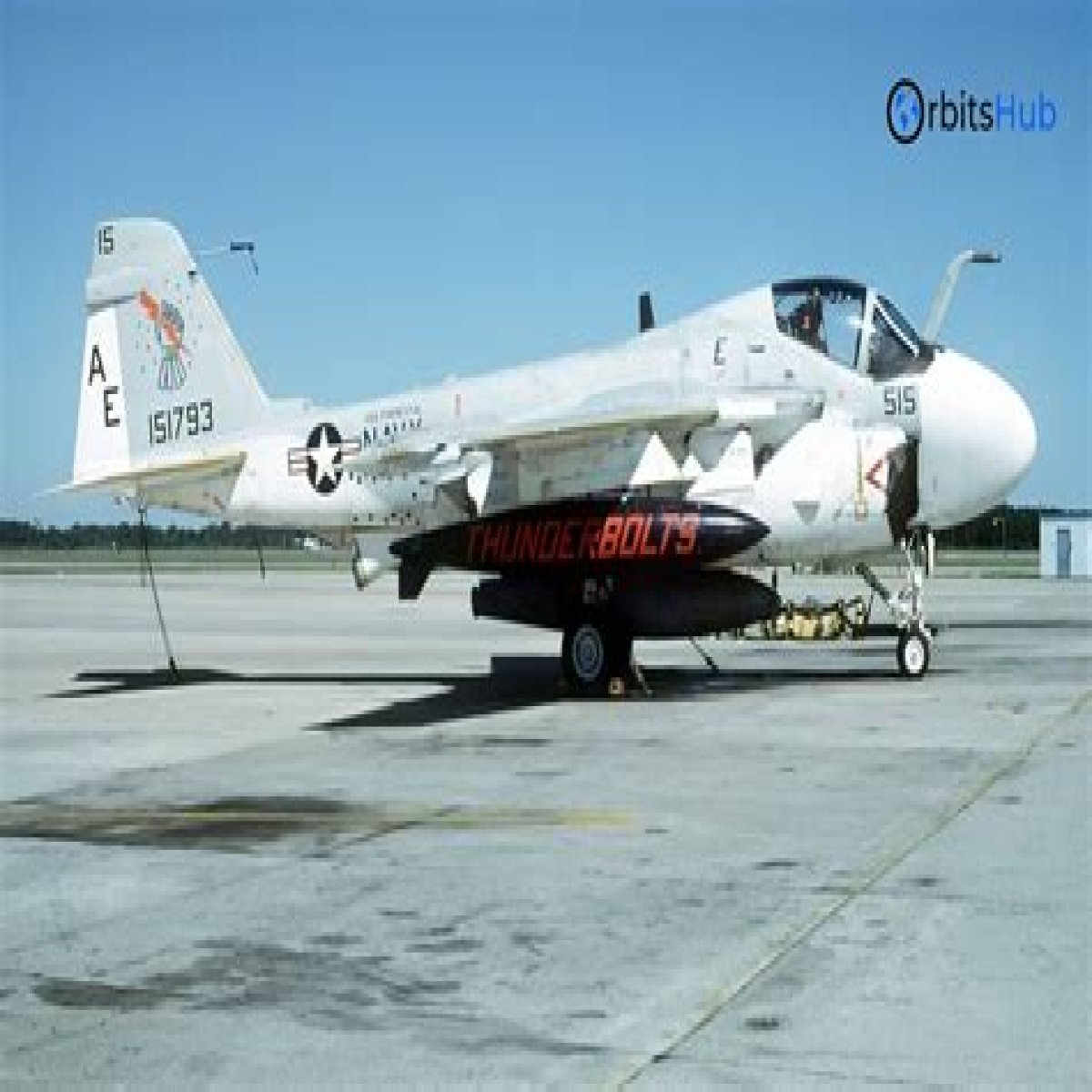The name "Grumman" resonates with a rich history in aerospace engineering and military aviation. Founded in the 1930s, Grumman Aircraft Engineering Corporation played a pivotal role in shaping modern aviation, especially during World War II. Their reputation for producing reliable and innovative aircraft has cemented their place in history. From fighter jets to lunar modules, Grumman's contributions are both vast and varied, impacting both military and civilian sectors.
Grumman's legacy is not just limited to the aircraft they produced; it's also about the pioneering spirit that drove their innovations. With a focus on quality and performance, the company developed an impressive portfolio of aircraft that includes the iconic F-14 Tomcat and the Lunar Module used in the Apollo missions. This article delves into the fascinating world of Grumman, exploring its history, notable achievements, and the lasting impact of its innovations on aviation technology.
As we traverse through the journey of Grumman, we'll answer some pressing questions about the company's origins, its most significant contributions, and the ongoing influence of its technological advancements in today's world. Buckle up as we take flight into the story of Grumman!
What is the History of Grumman?
The Grumman Aircraft Engineering Corporation was founded in 1930 by Leroy Grumman and his partners. Initially focused on producing metal floats for seaplanes, the company quickly expanded into full-scale aircraft manufacturing. By the late 1930s, Grumman was involved in producing military aircraft, which would establish their reputation as a key player in the aerospace industry.
Which Aircraft Made Grumman Famous?
Grumman is renowned for several aircraft that have become icons in aviation history. Some of the most notable include:
- F4F Wildcat: A carrier-based fighter used by the U.S. Navy during World War II.
- F6F Hellcat: The most successful naval fighter of World War II, credited with more enemy kills than any other aircraft.
- F-14 Tomcat: A supersonic, twin-engine, two-seat, variable-sweep wing fighter aircraft that served as the U.S. Navy's primary air superiority fighter.
- Lunar Module: The spacecraft that allowed astronauts to land on the moon during the Apollo missions.
Why is Grumman Known as the "Iron Works"?
The nickname "Iron Works" was given to Grumman due to its robust manufacturing processes and the durability of its aircraft. The company was known for its meticulous attention to detail and a commitment to producing aircraft that could withstand the rigors of combat. This reputation was particularly evident during World War II, where Grumman aircraft played crucial roles in various naval battles.
What Innovations Did Grumman Introduce in Aviation?
Grumman has been at the forefront of numerous technological advancements in aviation. Some key innovations include:
- Catapult Launch Systems: Grumman developed systems to launch aircraft from aircraft carriers, enabling greater operational flexibility for naval forces.
- Variable-Sweep Wing Technology: The F-14 Tomcat featured wings that could change position during flight for optimal performance in various flight conditions.
- Advanced Avionics: Grumman aircraft were equipped with some of the most advanced avionics of their time, enhancing navigation and combat capabilities.
How Did Grumman Influence Space Exploration?
Grumman's contributions to space exploration are perhaps best exemplified by the Lunar Module (LM) developed for NASA's Apollo program. The LM was crucial for landing astronauts on the moon and returning them safely to the command module orbiting above. This achievement not only showcased Grumman's engineering prowess but also solidified the company's legacy as a leader in aerospace technology.
What Happened to Grumman After the 20th Century?
As the aerospace industry evolved in the late 20th century, Grumman faced new challenges and opportunities. In 1994, the company merged with Northrop Corporation to form Northrop Grumman, which continues to be a major player in the defense and aerospace sectors. This merger allowed Grumman's legacy to continue while adapting to the changing landscape of modern aviation and defense technology.
What is the Future of Grumman's Legacy?
The future of Grumman's legacy lies in the continued innovation and excellence of Northrop Grumman. The company is actively involved in developing cutting-edge technologies, including unmanned aerial vehicles (UAVs) and advanced space systems. Grumman's impact on aviation and aerospace will undoubtedly be felt for years to come as new generations of engineers and innovators draw inspiration from its storied history.
Conclusion: Why Should We Remember Grumman?
Grumman's legacy is a testament to the power of innovation and the impact of dedicated engineering on aviation and space exploration. The company's commitment to quality and performance has set a standard that continues to inspire the aerospace industry today. As we reflect on Grumman's achievements, we not only celebrate its past but also look forward to the future of aviation influenced by its pioneering spirit.
Unveiling The Mystery: Cha Eun Woo's Real Parents PictureDiscovering The Vast Portfolio: What Does BlackRock Own?A Glimpse Into Ashley Cordray's Life As A Mother
